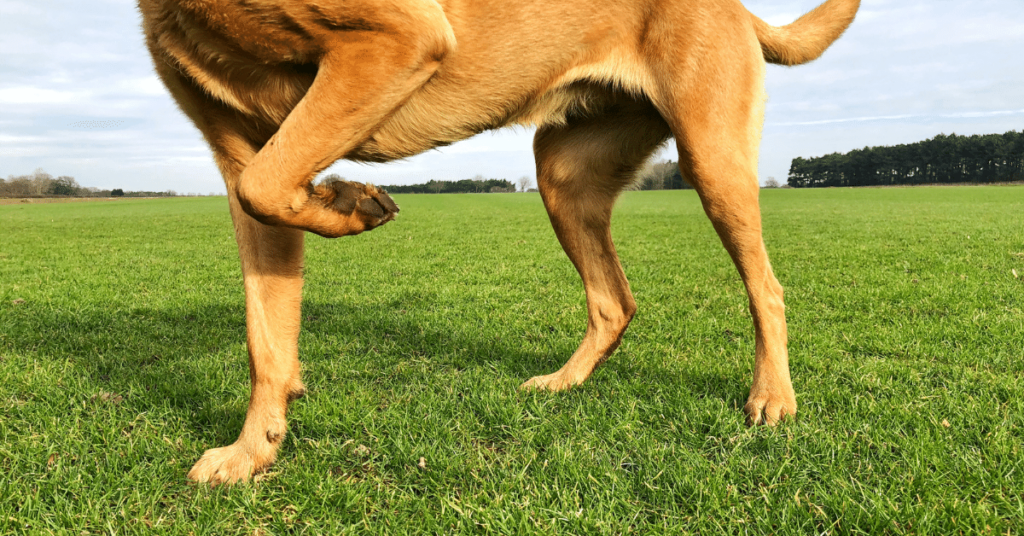Understanding Pain and Discomfort in Pets
The Importance of Recognizing Signs
Pets are an integral part of our lives, providing us with unconditional love and companionship. As pet owners, it is our responsibility to ensure their health and well-being. One crucial aspect of caring for our furry friends is recognizing when they are in pain or discomfort. Unfortunately, our pets cannot speak to us and let us know when something is wrong. It is up to us to be observant and vigilant in identifying the signs and seeking veterinary care when necessary.
Why Pets Hide Their Pain
Animals, by nature, are instinctively driven to conceal their pain. In the wild, showing signs of weakness or vulnerability could make them a target for predators. Domesticated pets may also hide their pain as a survival instinct. As responsible pet owners, it is essential to understand this behavior and learn how to recognize the subtle indications that our pets may be experiencing pain or discomfort.
Common Signs of Pain and Discomfort
Recognizing the signs of pain and discomfort in pets can be challenging, as each animal is unique and may exhibit symptoms differently. However, there are several common indicators that can help alert us to their discomfort. Some common signs include:
Changes in Appetite and Eating Habits
A sudden decrease or loss of appetite can be a sign that your pet is in pain. Additionally, changes in their eating habits, such as eating very slowly or avoiding certain types of food, could also be indicative of discomfort.
Lethargy and Reduced Activity Levels
If your pet is usually active and suddenly becomes lethargic, it may be a sign that they are not feeling well. Reduced interest in playtime or exercise can also suggest pain or discomfort.
Aggression or Withdrawal
Animals in pain may display aggression or become withdrawn. If your friendly and sociable pet starts acting out of character, it could be a signal that they are experiencing physical or emotional distress.
Vocalization and Excessive Whining
Many pets communicate their pain through vocalization. Whining, whimpering, or excessive meowing or barking can indicate that your pet is in pain and seeking relief.
Changes in Grooming Behavior
Pets are known for their cleanliness and grooming habits. If you notice a sudden decrease in grooming or changes in your pet’s grooming behavior, such as excessive licking or biting specific areas, it could be a sign of discomfort.
When to Seek Veterinary Care
Recognizing the signs of pain and discomfort in pets is just the first step. Knowing when to seek veterinary care is equally important for the well-being of your furry friend. While some mild discomforts can be alleviated with rest or over-the-counter remedies, certain situations require immediate medical attention. It is recommended to consult a veterinarian if you observe any of the following:
Persistent or worsening symptoms
If your pet’s symptoms persist or worsen despite at-home interventions, it is essential to seek professional help. A veterinarian can conduct a thorough examination and provide appropriate treatment options.
Changes in vital signs
Any abnormality in your pet’s vital signs, such as difficulty breathing, increased heart rate, or pale gums, should never be ignored. These signs could be indicative of a severe underlying condition, and prompt veterinary care is crucial.
Trauma or injury
If your pet has experienced any trauma or injury, whether obvious or not, it is best to have them evaluated by a veterinarian. They can assess the extent of the damage and provide the necessary treatment.
Drastic behavioral changes
Sudden and drastic changes in your pet’s behavior, including aggression, withdrawal, or extreme restlessness, may indicate a significant issue that requires professional evaluation.
In Summary
As pet owners, it is our responsibility to ensure the well-being of our furry friends. Recognizing the signs of pain and discomfort in pets is crucial for their health and happiness. By understanding the common indicators and knowing when to seek veterinary care, we can provide the necessary support and treatment to alleviate their discomfort and improve their quality of life. Remember, a happy and healthy pet is a cherished companion.







